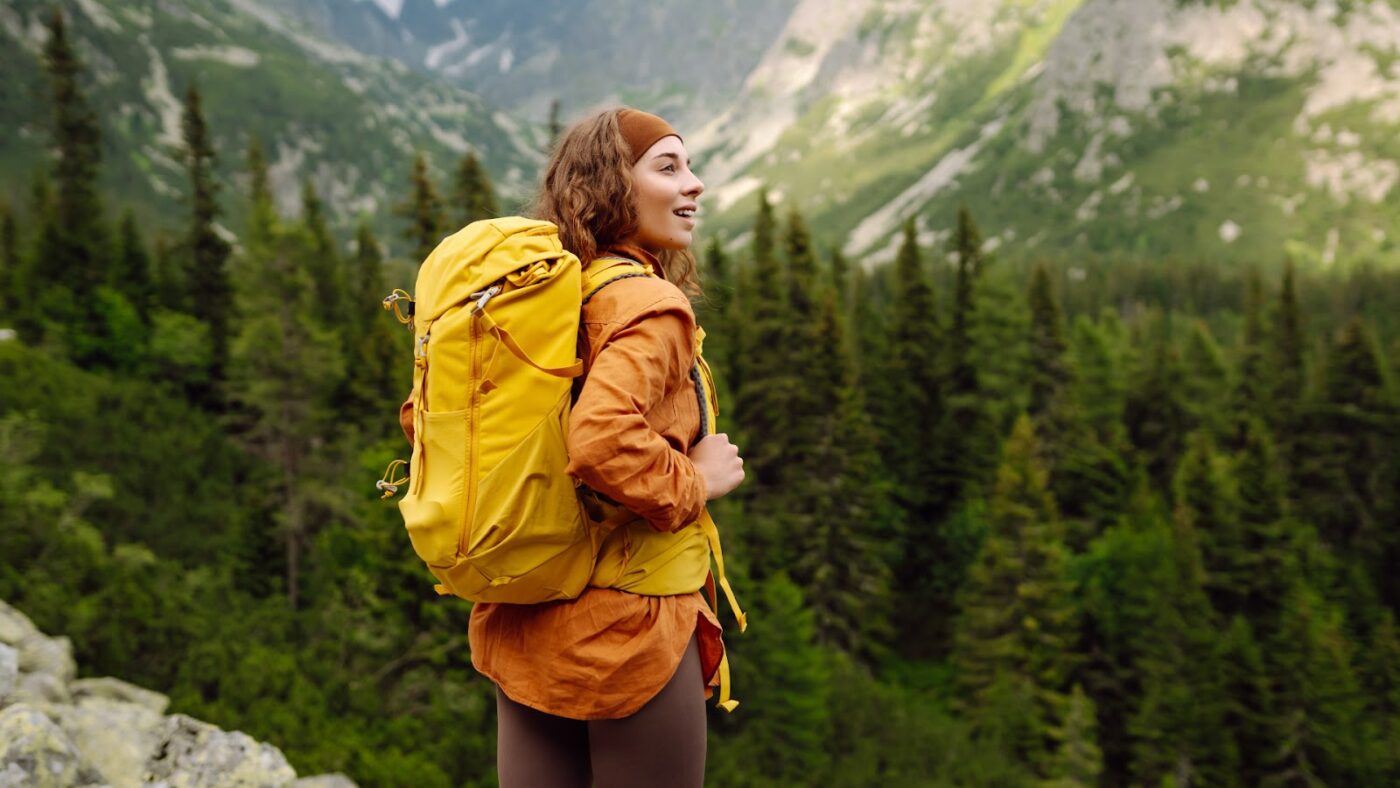TL;DR
- Adventure travel is pretty hot right now. People are itching to get away from screens after the pandemic. They want real challenges and a chance to reconnect with nature – maybe even find something primal. America offers perfect spots for this. Think scorching Utah and Arizona deserts, rugged Rockies or Alaskan peaks, dense woods, and remote coastlines.
- These trips do more than just show amazing places. They build you up inside. Expect personal growth, tougher resilience, and memories that stick. You’ll often learn serious skills too: navigating wild terrain, building shelter, finding food, handling extreme weather. Guides might blend modern know-how with ancient wisdom, especially indigenous experts.
- Options exist for everyone, from families to hardcore explorers. The goal? A change that lasts. You come home with new confidence and a deeper respect for the environment.
- Just remember a few things: honestly assess your fitness, pick operators with solid reputations and ethical practices, and book your spot early.
Why Is Adventure Tourism Popular Nowadays?
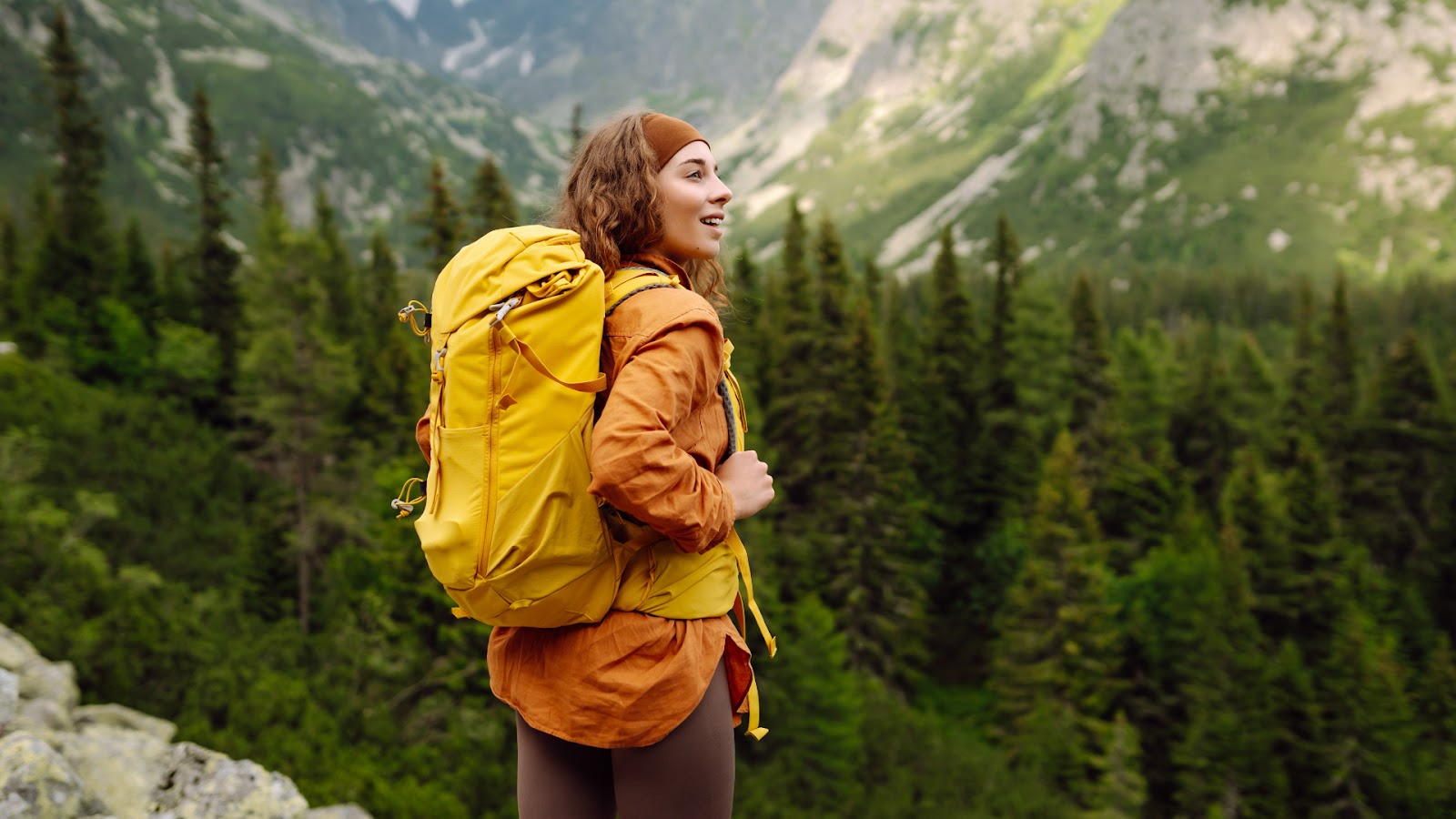
People are ditching phones to learn survival skills. After the pandemic, that urge to wander exploded. Now, there’s huge demand for real, off-grid adventures that truly push people. Forget just sunset photos; folks want genuine challenges. These strip away digital noise and reconnect them with basic instincts.
Today’s adventure tours mix ancient wilderness know-how with America’s wild places. They offer more than a normal vacation. Expect personal growth, building toughness, and powerful memories made in nature.
Adventure tourism happens everywhere across America. Think hot desert canyons or frozen Alaskan mountains. Whether you want a tough weekend or a journey that changes you, these tours deliver real experiences. The change lasts long after you get home.
Desert Survival: Mastering Arid Extremes
America’s deserts aren’t easy places to survive. They push your mind and body hard. Scorching heat, little water, and wide open country make these areas ideal for learning real wilderness skills.
Utah’s “Mighty 5” Challenge
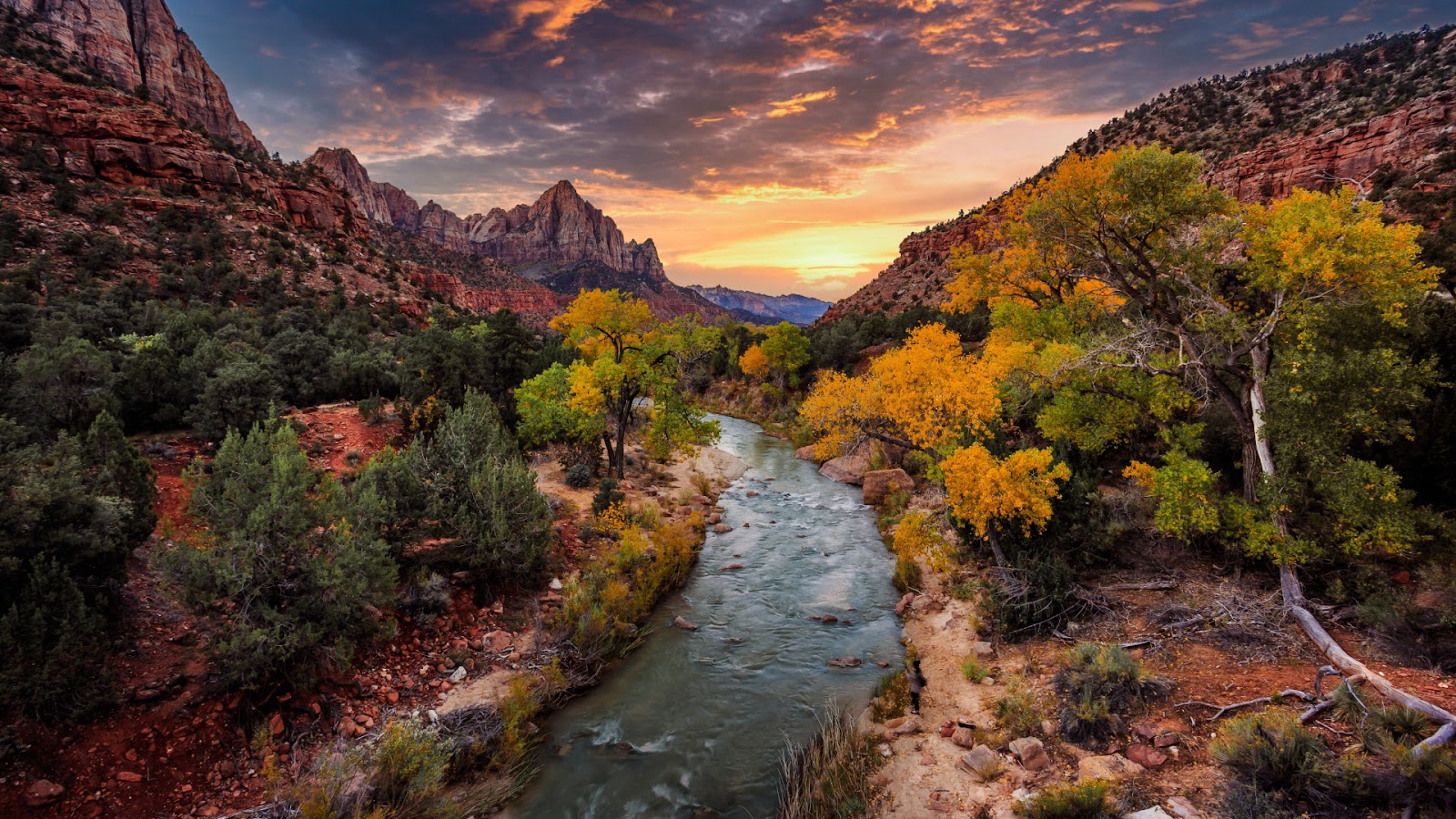
Get ready for Intrepid Travel’s 6-day adventure across Utah’s legendary parks like Zion and Arches. You won’t just hike; you’ll learn real desert skills. Finding your way becomes key, using landmarks and stars instead of GPS. Water isn’t handed out – you’ll figure out how to find hidden springs and even collect dew.
This trip prepares you for wild temperature swings, from freezing nights to blazing days. You’ll also master building shelters using whatever the desert offers, all while exploring some of America’s most stunning landscapes.
Here’s what you’ll tackle:
- Navigating using natural signs and the night sky.
- Sourcing water: finding springs and collecting dew.
- Staying safe in extreme heat and cold.
- Building shelters with minimal gear.
Arizona’s Antelope Canyon Experience
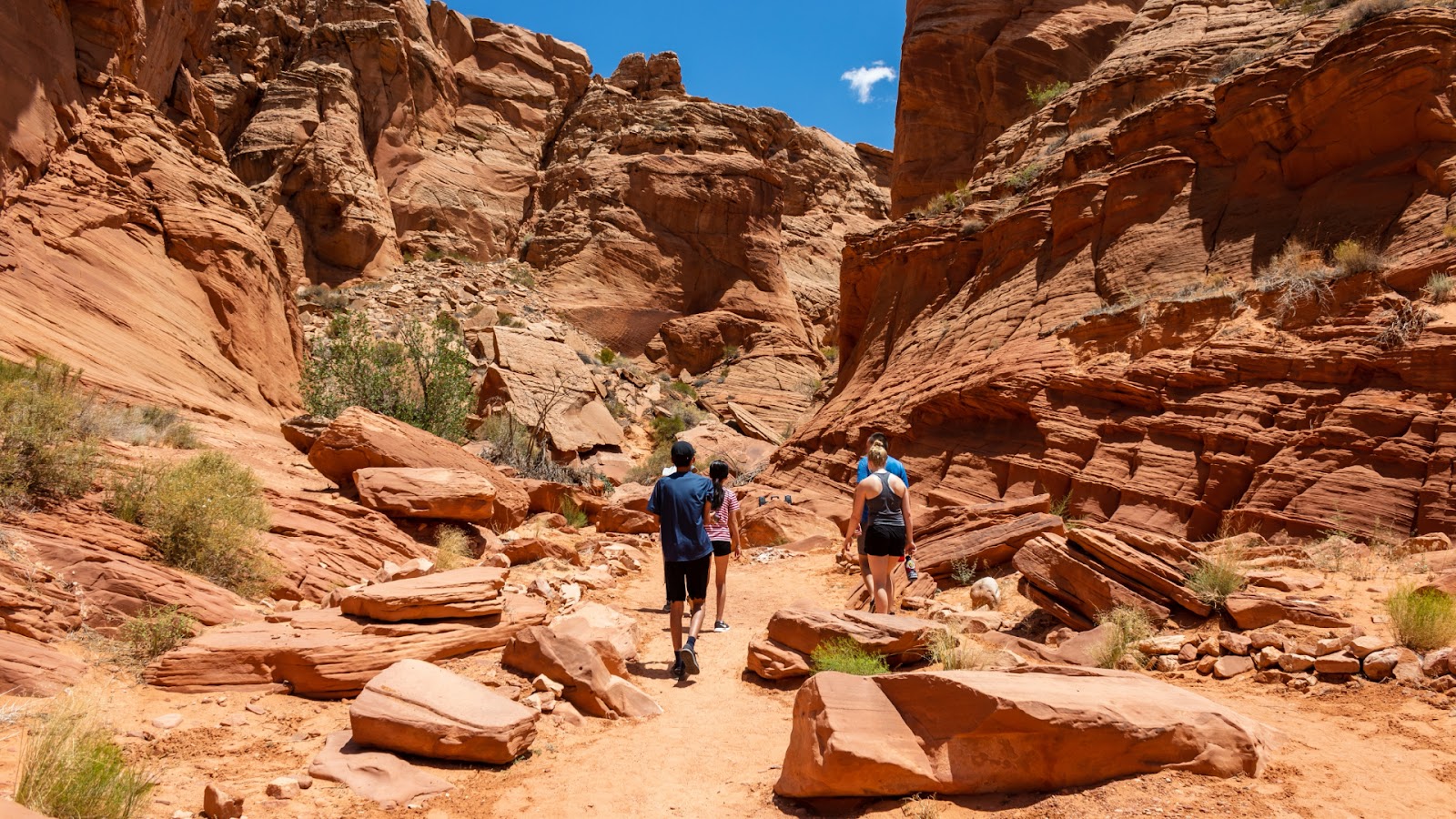
Join a Navajo-guided tour through Antelope Canyon. It’s not just about amazing views. You’ll connect with local heritage while learning real survival skills for this unique place.
Guides focus on specific canyon challenges. You’ll learn to spot flash flood dangers and manage heat in tight spots. They share traditional knowledge passed down over generations.
Expect practical skills like:
- Reading rock formations to find your way.
- Understanding how water moves with the seasons.
These cultural elements make the survival lessons stick. They build a real link between today’s visitors and the deep wisdom of the Navajo people who know this land.
Mountain & Forest Expeditions: Wilderness Mastery
America’s mountains and forests put you in all kinds of survival situations. They test many different skills. These wild places force you to adapt. And you’ll find stunning views there, places perfect for real change..
Rocky Mountain Wilderness Adventures
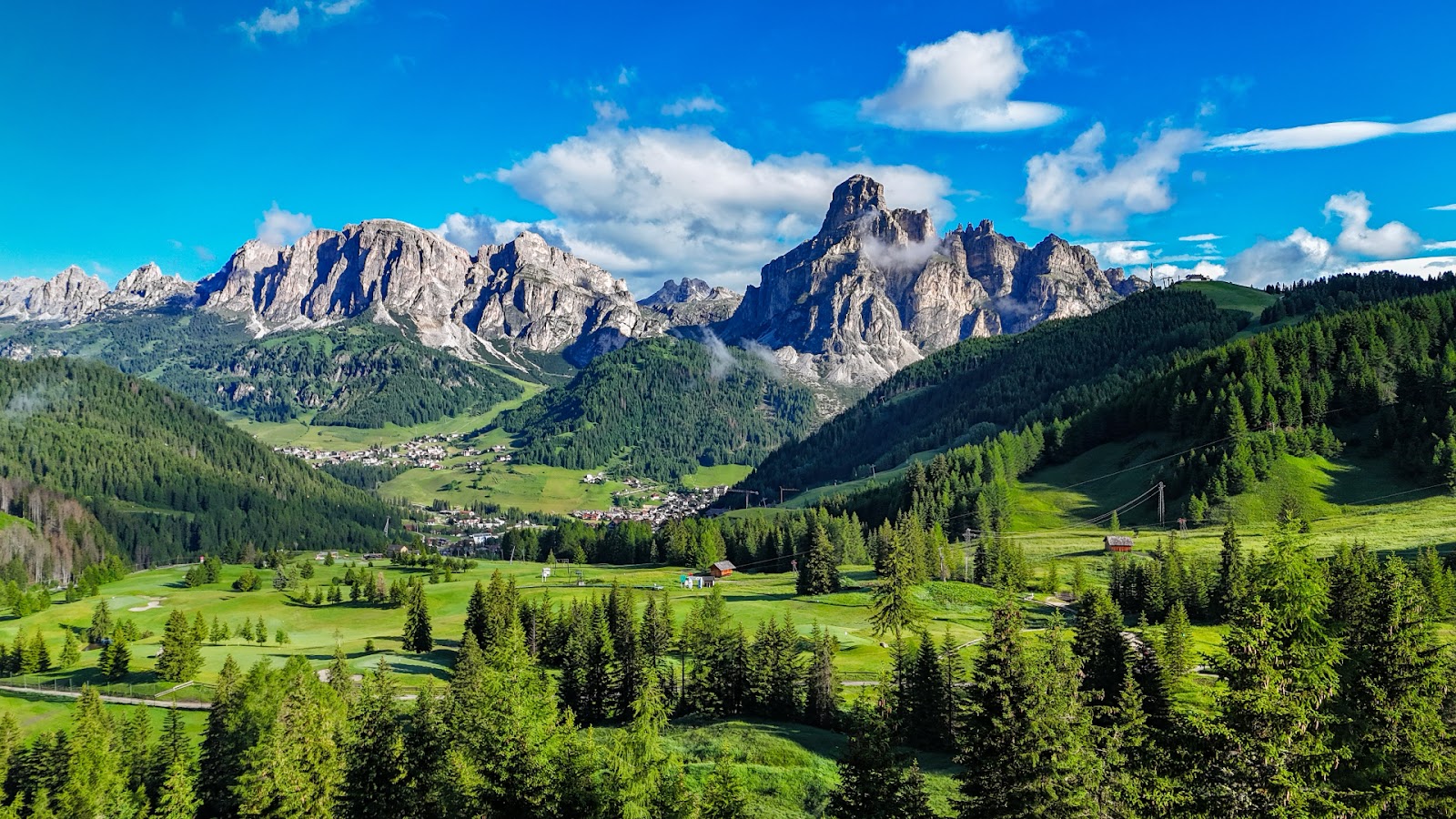
Want to test your limits? Colorado’s Glenwood Caverns offers cave survival experiences that really push you. Get hands-on building shelters deep inside actual limestone caves. You’ll also master finding your way underground.
These programs focus on two big things:
- Using resources wisely.
- Solving problems creatively.
Cave settings bring unique challenges. Think about managing temperature and dealing with low light. Skills learned here apply far beyond cave walls.
Yellowstone & Grand Teton Expeditions
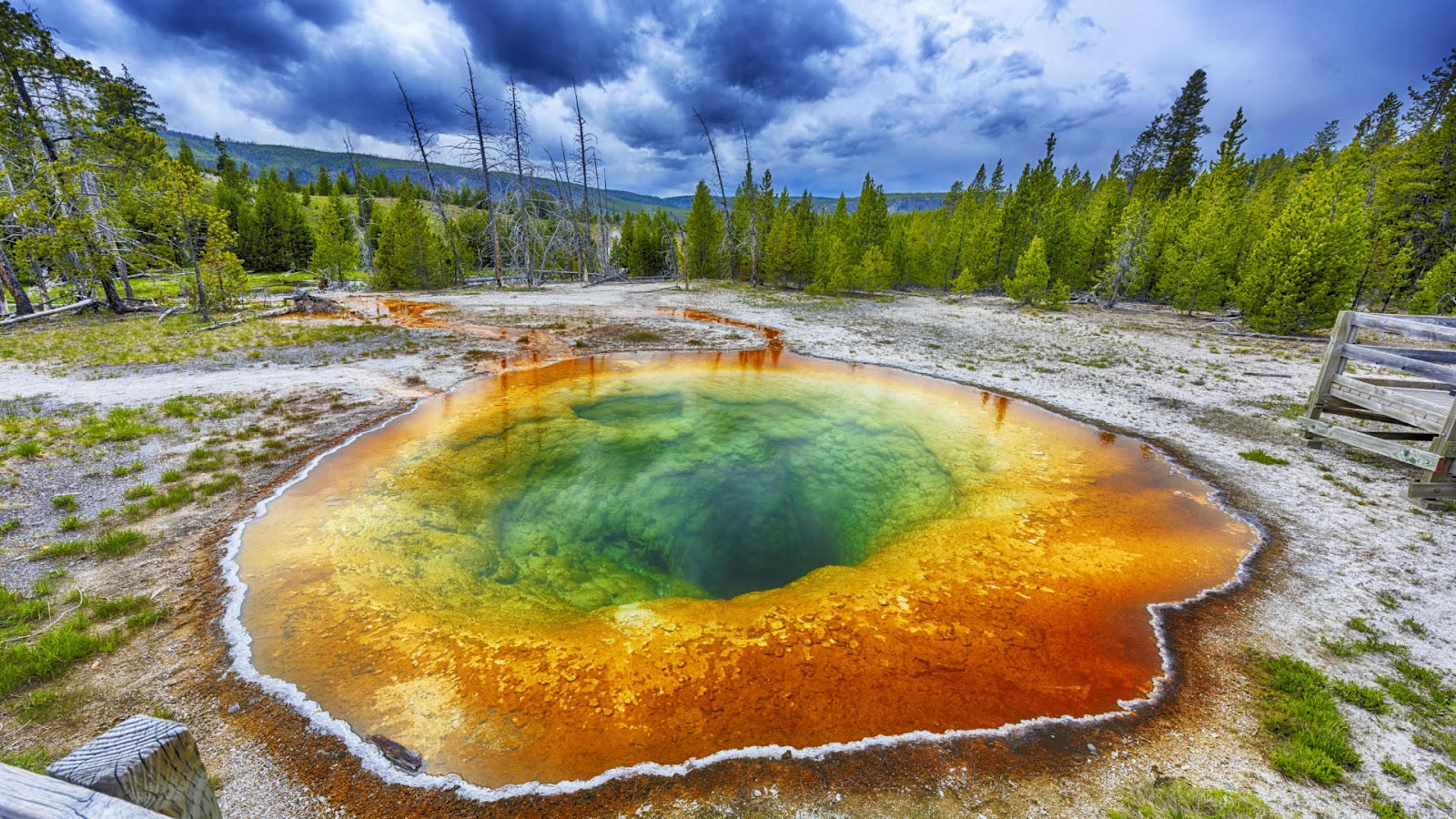
Spend five days hiking and camping in wild Wyoming. You’ll learn how to track animals, handle fire safely, and stay secure in remote country. This includes understanding how to share space with bears, wolves, and other top predators.
Master fire-starting – from old-school friction methods to modern emergency options. Wildlife tracking sharpens your eyes and builds overall awareness outdoors.
For backcountry safety, you’ll cover key skills:
- Navigating off-trail.
- Predicting weather changes.
- Signaling for help if needed.
Trinity Alps Youth Programs
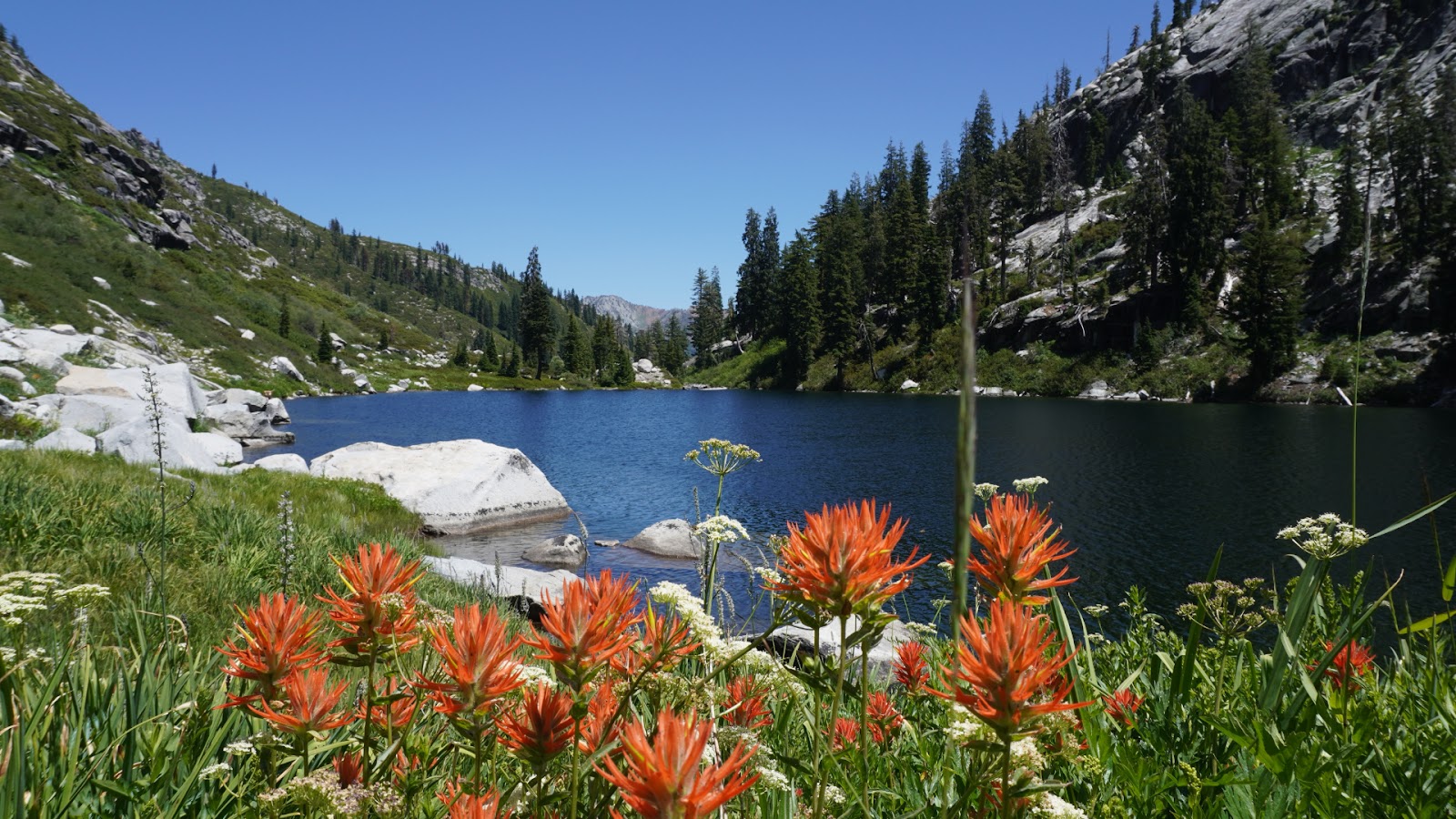
Camp Unalayee teaches survival skills to kids and teens, ages 10 to 17. It happens in California’s Trinity Alps wilderness. Young people get hands-on learning about finding food and building shelters right there in nature.
They pick up key skills like:
- Figuring out which wild plants are safe to eat.
- Harvesting plants in ways that don’t harm nature.
- Making simple shelters using sticks, leaves, and other natural stuff nearby.
Camp isn’t just about skills. It builds confidence and helps kids care about protecting the outdoors. Challenges are designed just right for each age group. This keeps everyone safe but still excited and learning lots.
Arctic Alaska: Ultimate Frontier Survival
Alaska is adventurel tourism’s ultimate test. You face tough conditions, wild weather, and deep isolation. This place demands serious prep and real skill.
Denali National Park Expeditions
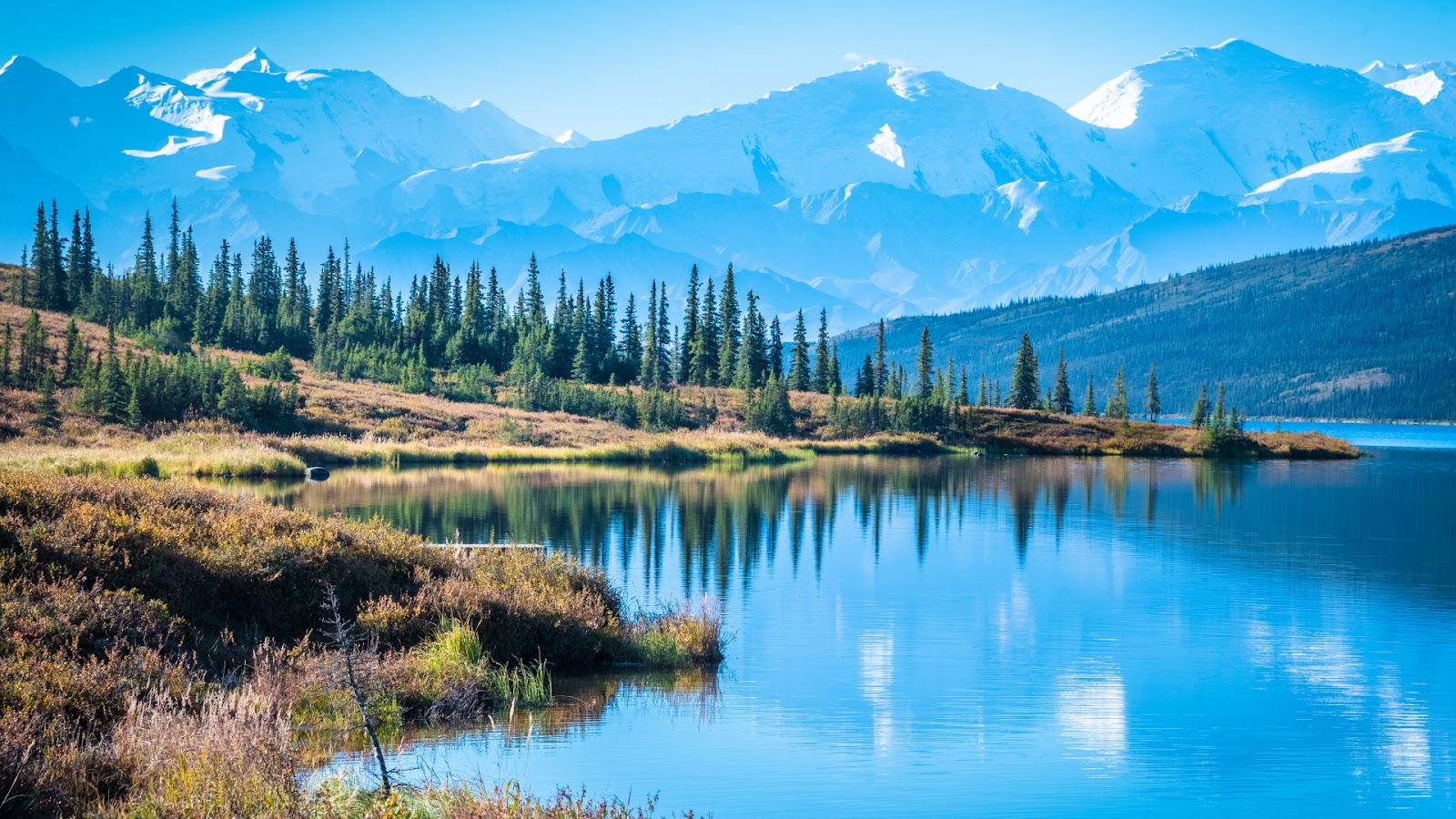
Spend twelve days on an Alaska Denali Camping Expedition. You’ll trek across glaciers and have chances to spot wildlife like bears, caribou, and other Arctic animals. Get ice climbing instruction too – it builds technical skills and boosts confidence for those extreme conditions.
Participants also learn key cold-weather survival methods. Plus, strict wildlife safety becomes part of every day. Remember, out there, we’re just visitors.
Here’s what you’ll focus on:
- Staying Safe in Cold: Learn to build snow shelters and prevent hypothermia.
- Wildlife Rules: Follow essential safety protocols in animal territory.
Kenai Fjords Coastal Adventures
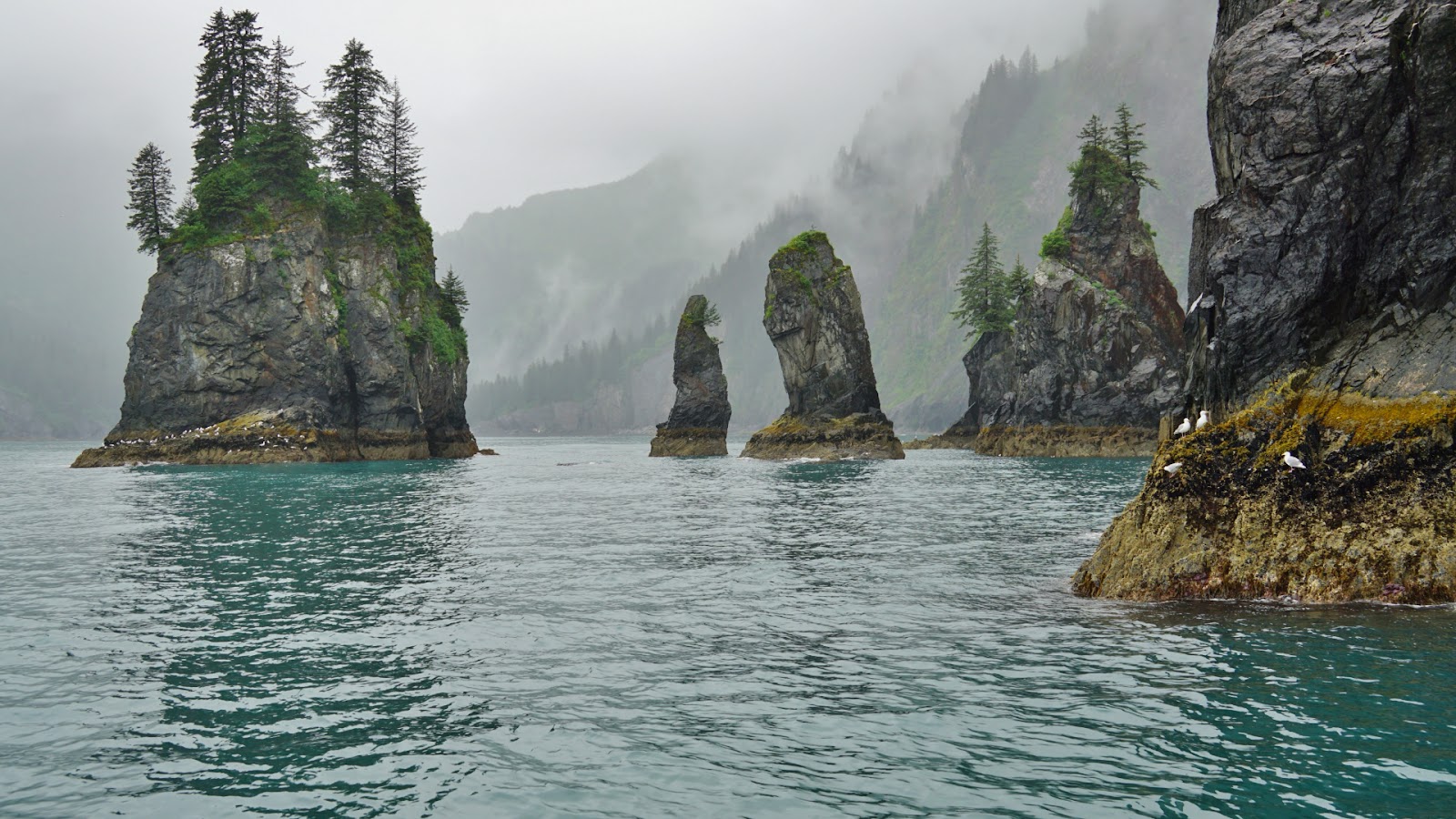
Spend seven days moving from lodge stays to coastal camping around Kenai Fjords. You’ll learn skills for gathering food along the shore and kayaking through glacial fjords. Knowing avalanche safety becomes key for any mountain travel included in the trip.
On the marine side, instruction covers finding edible seaweeds, harvesting shellfish safely, and reading tidal patterns. Kayak training focuses on staying safe in cold water, navigating tricky coastlines, and what to do if emergencies happen.
Here’s a quick look at the core skills:
- Coastal Foraging: Spotting safe seaweed, collecting shellfish, understanding tides.
- Kayaking: Cold-water safety, navigation methods, emergency plans for coastal paddling.
- Mountain Safety: Avalanche awareness and procedures.
Coastal & Island Challenges: Maritime Survival
America’s coastlines and islands create special survival situations. You face challenges from both land and sea here. These places force you to adapt. And they do it all with huge ocean views as your setting.
Remote Island Stranding Experiences
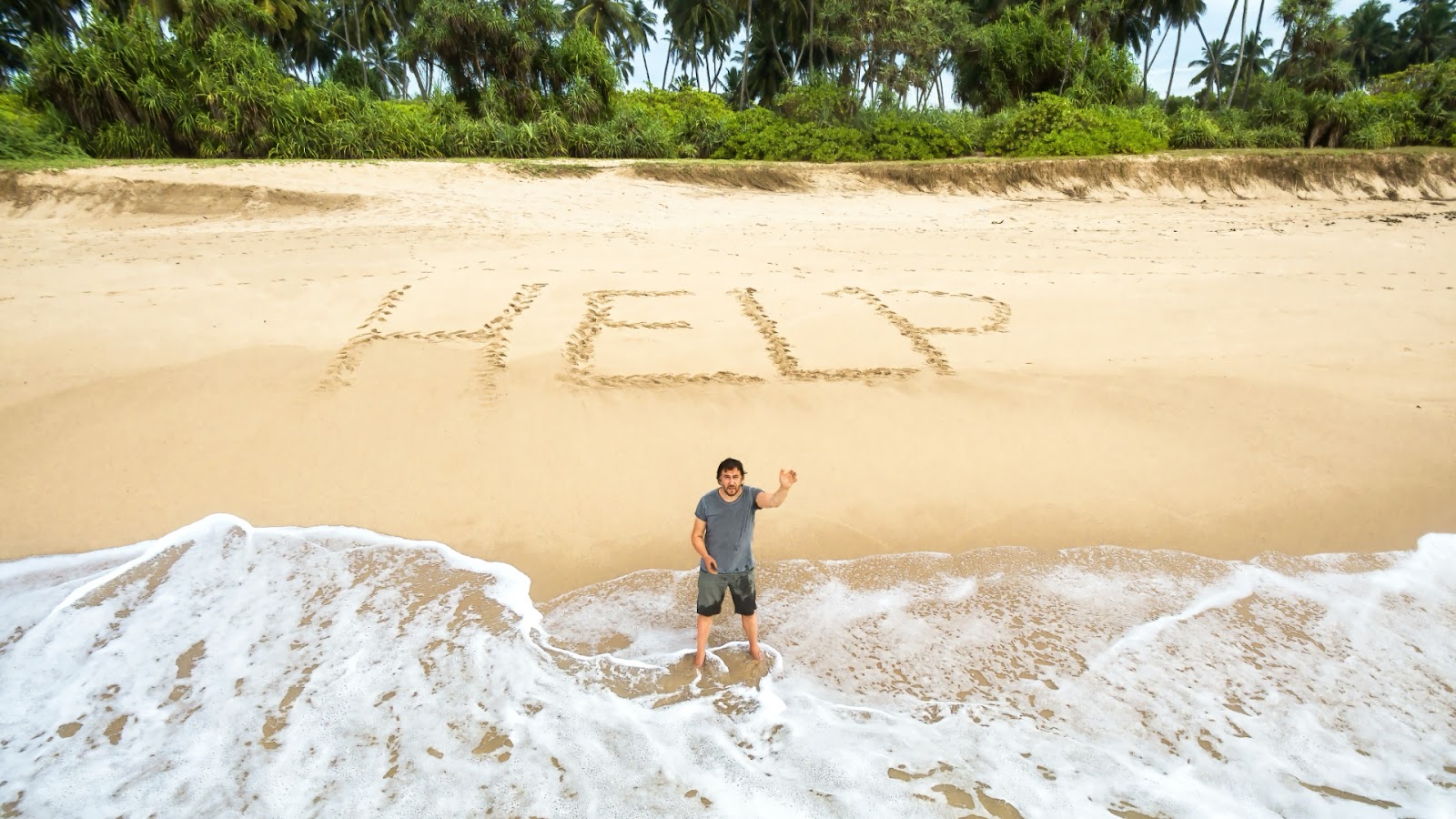
Docastaway’s “Survival Mode” puts you right into a remote island stranding scenario. You’ll get hands-on learning for key skills needed to make it. Think fire-starting, fishing on reefs, and ways to signal for help. It’s about thriving with almost nothing, sharpening your problem-solving along the way.
These programs are pretty intense. You’ll cover:
- Making water safe to drink.
- Building shelters from stuff found on the beach.
- Finding food in the ocean.
They also teach both old-school and modern methods to catch a rescuer’s eye.
San Diego Cave Kayaking
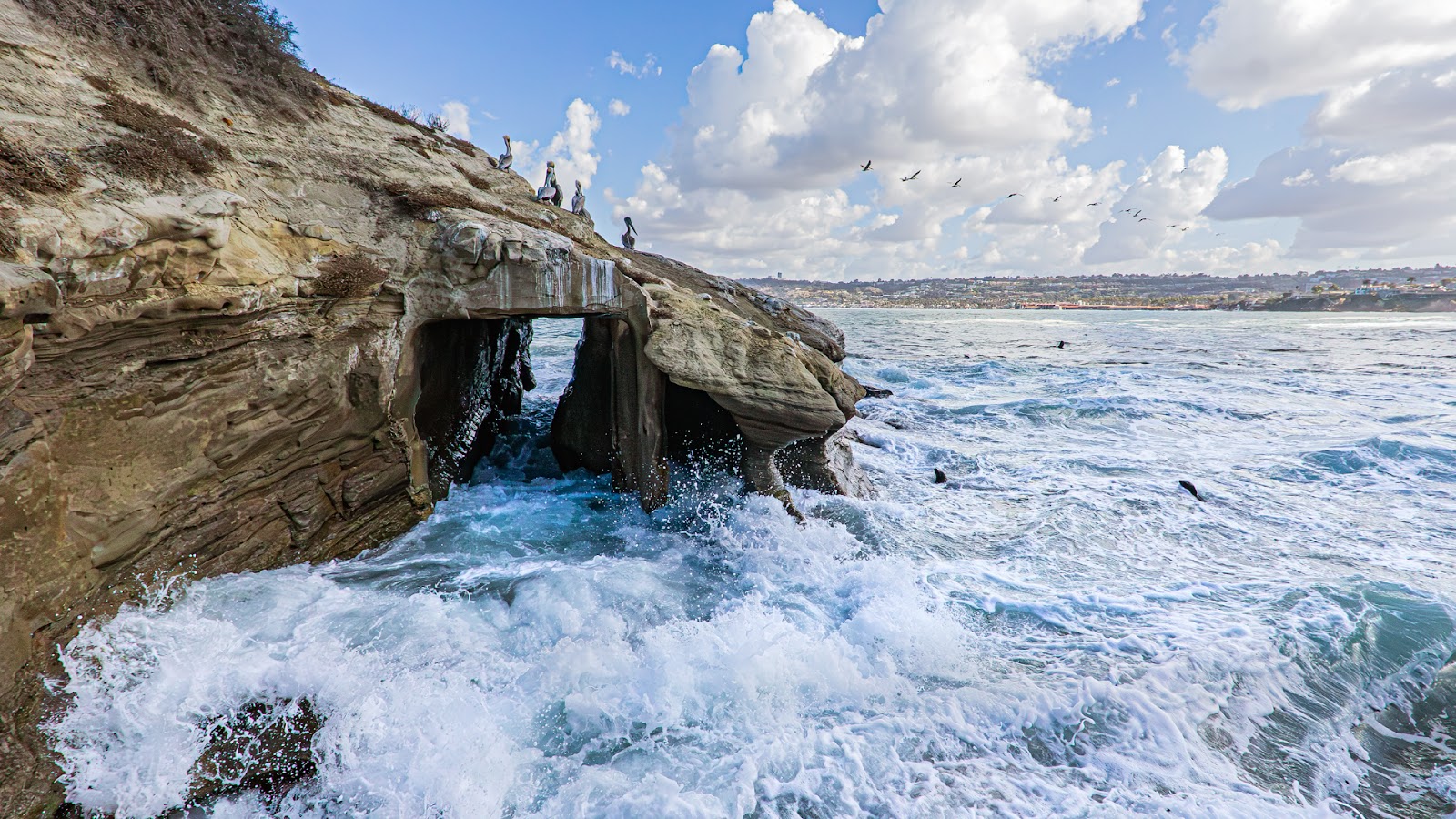
Kayaking Pacific coast sea caves teaches real marine foraging and coastal survival. You get hands-on experience reading ocean conditions. This builds real confidence in challenging coastal waters.
Cave kayaking itself requires specific skills:
- Predicting tides accurately.
- Reading wave patterns.
- Knowing emergency procedures.
Marine foraging education covers:
- Identifying safe coastal food species.
- Harvesting sustainably.
- Understanding these food sources.
Specialized Survival Programs: Tailored Adventures
Adventure tourism caters to all kinds of folks, no matter their experience. Programs get tailored to specific groups and skill levels.
Family-Friendly Options
Docastaway’s “Comfort Mode” island stays offer an easy entry into survival basics. They skip intense challenges, focusing instead on gentle learning. This setup works well for younger people, mixing learning and staying safe.
Schiele Museum camps in North Carolina welcome kids 5-8 years old. Survival lessons here fit that age group perfectly.
Activities help build confidence and spark interest:
- Making simple shelters.
- Learning about local plants.
- Safe fire starting practice.
Intensive Adult Expeditions
Wildtales Inc. runs “Survival 24/7” programs. These are intense, week-long jungle simulations. Think bow hunting and being truly alone. They push you hard, both body and mind, building serious survival skills.
You get real training in:
- How to hunt effectively.
- Building sturdy shelters.
- Handling isolation mentally.
It’s no joke. These experiences pull in dedicated adventurers ready for a deep personal challenge.
Practical Guide: Choosing Your Adventure
Picking an adventure tour that fits? Think about your experience, how fit you are, what you can spend, and what you hope to get from it.
Reputable Operators
Big names like Intrepid Travel and Adventure Life run full packages. They’ve got solid safety track records. You’ll usually find consistent training, good gear, and guides who know their stuff.
On the other hand, smaller local operators often deliver a more personal touch. Their knowledge of the specific area can run deeper.
Before you book any trip, make sure to check:
- Who the operator is and their background.
- How they handle safety.
- What past customers say in reviews.
Fitness & Skill Assessment
Most tours let you pick a difficulty level. Options usually start with easy “Relaxed” trips and go up to tough “Challenging” adventures needing serious fitness. Be real with yourself about where you fit in. It stops disappointment or safety problems later.
Getting ready physically matters. Start working on it a few months before you go.
Key things to focus on include:
- Building up your cardio endurance.
- Doing some strength training.
- Getting actual hiking practice.
This prep makes the tour more fun and helps you succeed.
Ethical Considerations
Leave No Trace teaches responsible outdoor behavior. People pick up skills to lessen their impact. This helps keep wild places natural for others later.
Respecting indigenous land means recognizing traditional territories. Many programs weave native viewpoints into survival training. They include:
- Awareness of whose land people are on.
- Understanding cultural heritage.
- Bringing native perspectives into lessons.
- Using traditional knowledge for survival skills.
Beyond Survival: Lasting Impact
Adventure tourism offers more than just learning wilderness skills. People build personal toughness, connect with nature, and get a real break from screens.
Pushing limits outdoors often reveals hidden strength people didn’t know they had. This new confidence helps back in everyday life too. Getting up close with nature changes how people see the environment. It fosters real appreciation for conservation and sustainable living.
Unplugging completely provides a mental reset. Stepping away from constant digital noise allows time to reflect, reduces stress, and gives a fresh perspective on tech’s place.
Key benefits include:
- Finding inner strength: Challenges unlock surprising personal resilience.
- Connecting with nature: Direct experience builds environmental care.
- Digital detox: A genuine break improves mental well-being.
Book Your Adventure: 2025-2026 Planning
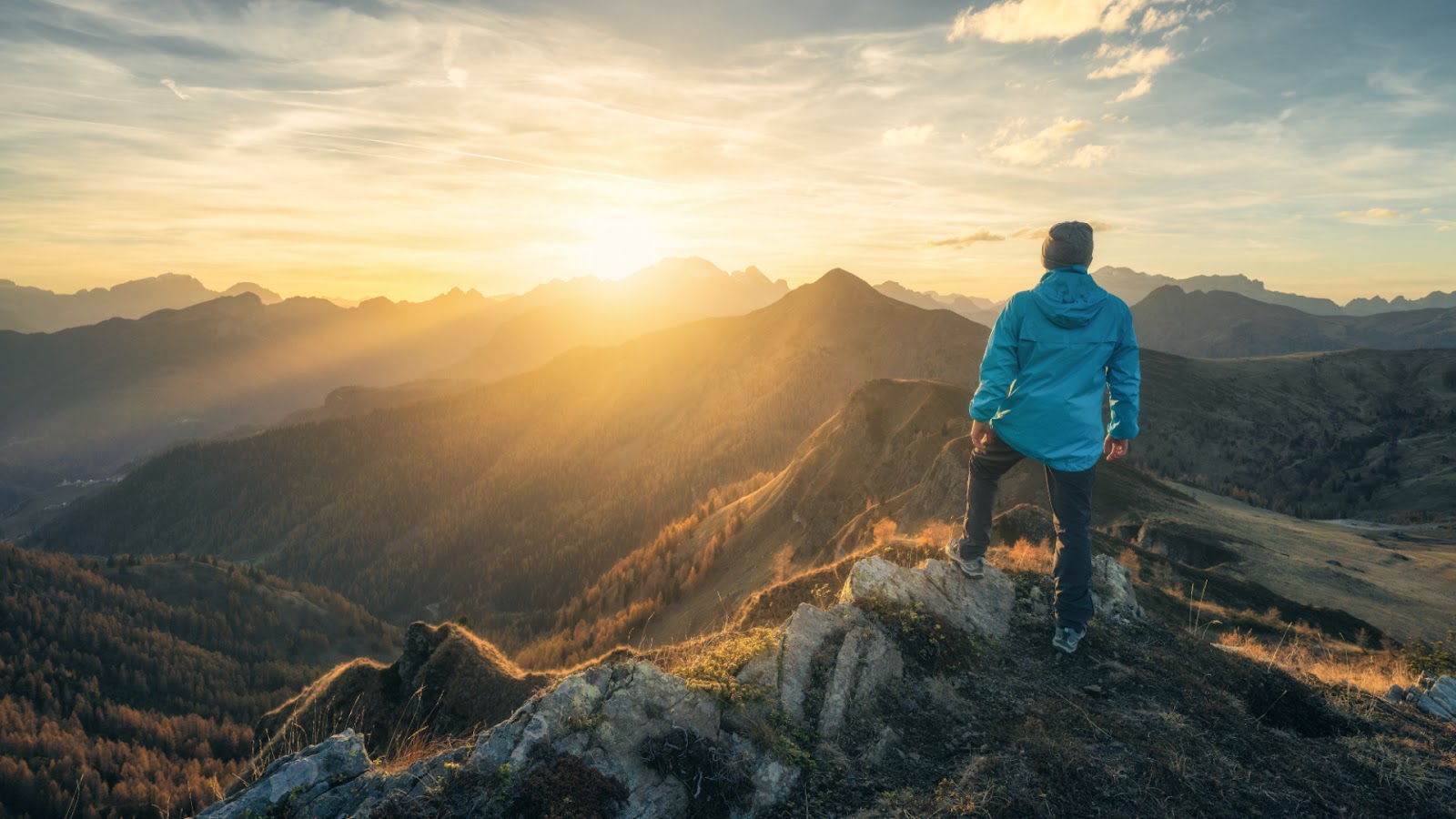
Peak season demand occurs during August when weather conditions optimize most programs. Early booking ensures availability and often provides pricing advantages.
Research programs thoroughly, assess personal readiness honestly, and prepare physically for chosen challenges. Adventure tourism offers unparalleled opportunities for growth, adventure, and connection with America’s wildest places.
Ready to test your limits? These adventure tours await adventurers seeking authentic challenges that transform ordinary people into confident survivors. Book early, prepare thoroughly, and embrace experiences that will reshape your relationship with both nature and yourself.
FAQ
I Have A Fear Of Heights/Wild Animals/Isolation. Can I Still Participate?
Yes, getting ready helps a lot. Good operators build activities step-by-step and provide support for your mind. Talk about your worries when you book. Often, facing fears in a safe place makes them smaller. Begin with easier options, like family “Comfort Mode,” before trying harder expeditions.
How Accessible Are These Adventures For People With Physical Limitations?
Getting around rugged terrain can be tough. But don’t worry, some companies make adventures work for different mobility levels. You might find accessible kayaking trips or desert tours with modifications. Just remember to tell them about your health or mobility needs right away. That’s key. Companies such as Adventure Life focus on creating custom trips. To find similar options, try searching for “adaptive adventure travel” providers.
How Do I Translate These Skills Into My Daily Life After The Trip?
They help you handle tough stuff at work or personally with more confidence. You’ll likely find yourself less glued to screens and appreciating simpler things, showing increased mindfulness. Knowing basic first aid, how to navigate, and staying aware of your situation makes you better prepared anywhere. Many people also find a stronger drive to support sustainability and protect nature.
The post Survive and Thrive: Adventure Tourism In The US appeared first on TravelsType.

